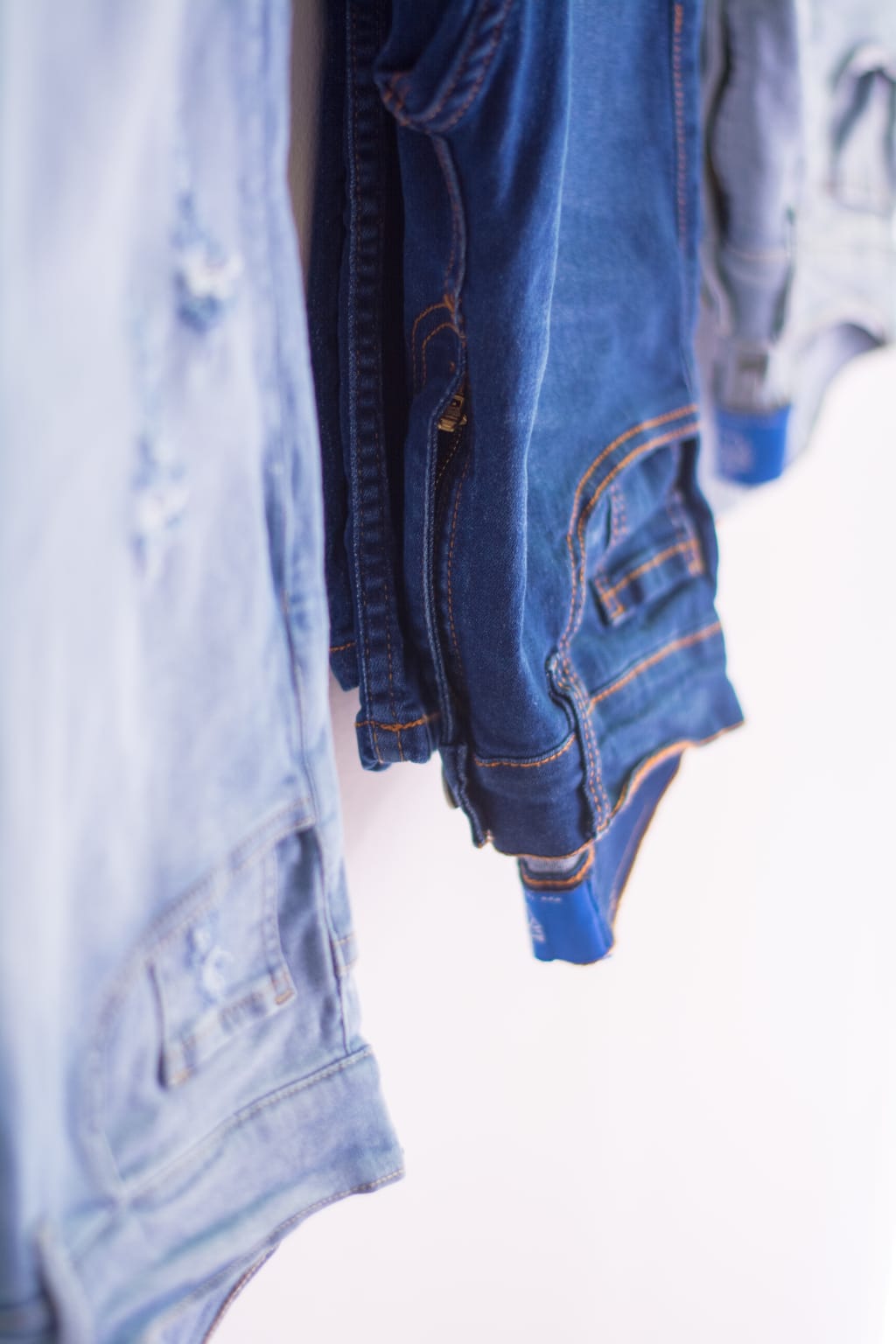
The history of pants can be traced back to ancient civilizations, where different forms of trousers were worn for various purposes such as protection and warmth.
In ancient Egypt, pants were worn by the lower classes, primarily by workers and soldiers, as a form of protection against the elements. These pants were made of linen and had a simple, loose-fitting design.
In ancient Greece and Rome, pants were worn by horse riders, soldiers and workers. They were made of wool or linen and were often worn with a tunic or a toga. The design of these pants was typically tight-fitting and tapered at the ankle.
In the Middle Ages, pants were worn by both men and women and were made of wool or linen. They were typically worn with a tunic or a kirtle and had a looser fit than the pants worn in ancient Greece and Rome.
In the 16th century, pants began to be worn exclusively by men. They were made of wool or linen and were often worn with a doublet, a type of jacket. The design of these pants was typically tight-fitting and tapered at the ankle.
In the 17th and 18th centuries, pants began to be made of cotton and were worn with a waistcoat and a coat. They were designed to be worn with buckled shoes and had a looser fit than the pants worn in the 16th century.
In the 19th century, pants became an important part of men's fashion. They were made of wool or tweed and were worn with a jacket and a vest. The design of these pants was typically tapered at the ankle and had a high waist.
In the 20th century, pants became a staple of both men's and women's fashion. They were made of various materials such as denim, cotton, and polyester. Jeans, which were originally worn by workers, became a popular form of casual wear for both men and women.
In recent years, the fashion industry has continued to experiment with different designs and materials for pants. There has been a trend towards sustainable and eco-friendly materials and designs, such as organic cotton and recycled polyester.
Overall, the history of pants is a story of evolution and adaptation. From the simple linen pants of ancient Egypt to the sustainable designs of today, pants have undergone numerous changes to become the versatile and essential item of clothing they are today.
Types of pants:
Jeans: made of denim, typically worn in casual settings
Dress pants: made of wool or other formal materials, typically worn in formal or professional settings
Sweatpants: made of cotton or fleece, typically worn for comfort and athletic activities
Leggings: form-fitting pants made of stretchy materials, typically worn by women
Cargo pants: pants with multiple pockets and reinforced knee, typically worn for outdoor activities.
Materials:
Denim: made from cotton, typically blue or black color
Wool: made from sheep's wool, typically used for dress pants
Cotton: made from natural fibers, typically used for sweatpants
Polyester: synthetic fibers, often used for activewear or athletic pants
Spandex or Lycra: synthetic fibers, often used for stretchy pants such as leggings
Styles:
Skinny fit: a tight fit around the hips and legs
Straight fit: a regular fit around the hips and legs
Bootcut: a wider leg opening at the bottom to accommodate boots
High-waisted: sits above the natural waistline
Low-waisted: sits below the natural waistline
Care and Maintenance:
Read the care label on the pants to determine the appropriate washing and drying instructions
Avoid shrinkage by washing in cold water and air-drying
Avoid fading by washing dark colored pants separately
Remove stains by using appropriate stain removers before washing
Accessories:
Belts: worn to keep the pants in place
Suspenders: worn to keep the pants in place and to add style
Cufflinks: worn to add style to dress pants
Patches: worn to add style to jeans or cargo pants.






Comments
There are no comments for this story
Be the first to respond and start the conversation.